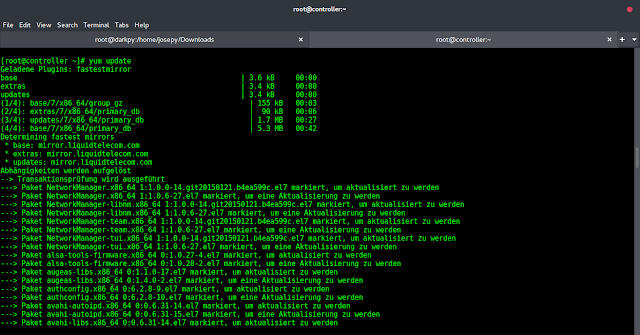Python dictionaries are powerful data structures that allow you to store and retrieve data using key-value pairs. Appending an item to a list within a dictionary involves accessing the list by its corresponding key and then using the append() method to add the new item to the list.
Example
Input: {'Destination': 'China', 'Nationality': 'Italian', 'Age': [20]} Output: {'Destination': 'China', 'Nationality': 'Italian', 'Age': [20, 'Twenty']} Explaination: Appended "Twenty" in the list of keys of Age.
Appending to List in Python Dictionary
In Python, we can append to a dictionary in several ways:
- Using += Operator
- Using List append() Method
- Using List append() Method
- Using defaultdict() Method
- Using update() Function
- Appending Values to a List in Key
Using += Operator
In this method, we will use the += operator to append a Python list into the dictionary, for this we will take a dictionary and then add elements as a list into the dictionary.
Python3
Details = {"Destination": "China", "Nationality": "Italian", "Age": []}print("Original:", Details)# appending the listDetails["Age"] += [20, "Twenty"]print("Modified:", Details) |
Output:
Original: {'Destination': 'China', 'Nationality': 'Italian', 'Age': []}
Modified: {'Destination': 'China', 'Nationality': 'Italian', 'Age': [20, 'Twenty']}
Using List append() Method
In this method, we will use conditions for checking the key and then append to a dictionary list using the list append() method.
Python3
Details = {"Destination": "China", "Nationality": "Italian", "Age": [20]}print("Original:", Details)if "Age" in Details: Details["Age"].append("Twenty") print("Modified:", Details) |
Output:
Original: {'Destination': 'China', 'Nationality': 'Italian', 'Age': [20]}
Modified: {'Destination': 'China', 'Nationality': 'Italian', 'Age': [20, 'Twenty']}
Using defaultdict() Method
In this method, we are using the defaultdict() function. It is a part of the collections module. We have to import the function from the collections module to use it in the program and then use it to append to a dictionary list. Since append takes only one parameter, to insert another parameter, repeat the append method.
Python3
from collections import defaultdictDetails = defaultdict(list)print("Original:", Details)Details["Country"].append("India")Details["Country"].append("Pakistan")print("Modified:", Details) |
Output:
Original: defaultdict(<class 'list'>, {})
Modified: defaultdict(<class 'list'>, {'Country': ['India', 'Pakistan']})
Using update() Function
We will use the Python dictionary update() function to add a new list to the dictionary. We can use the update() function to embed a dictionary inside another dictionary.
Python3
Details = {"Destination": "China", "Nationality": "Italian"}Details["Age"] = []print("Original:", Details)# using update() functionDetails.update({"Age": [18, 20, 25, 29, 30]})print("Modified:", Details) |
Output:
Original: {'Destination': 'China', 'Nationality': 'Italian', 'Age': []}
Modified: {'Destination': 'China', 'Nationality': 'Italian', 'Age': [18, 20, 25, 29, 30]}
Appending Values to a List in Key
You can convert a list into a value for a key in a Python dictionary using dict() function.
Python3
Values = [18, 20, 25, 29, 30]Details = dict({"Age": Values})print(Details) |
Output:
{'Age': [18, 20, 25, 29, 30]}




